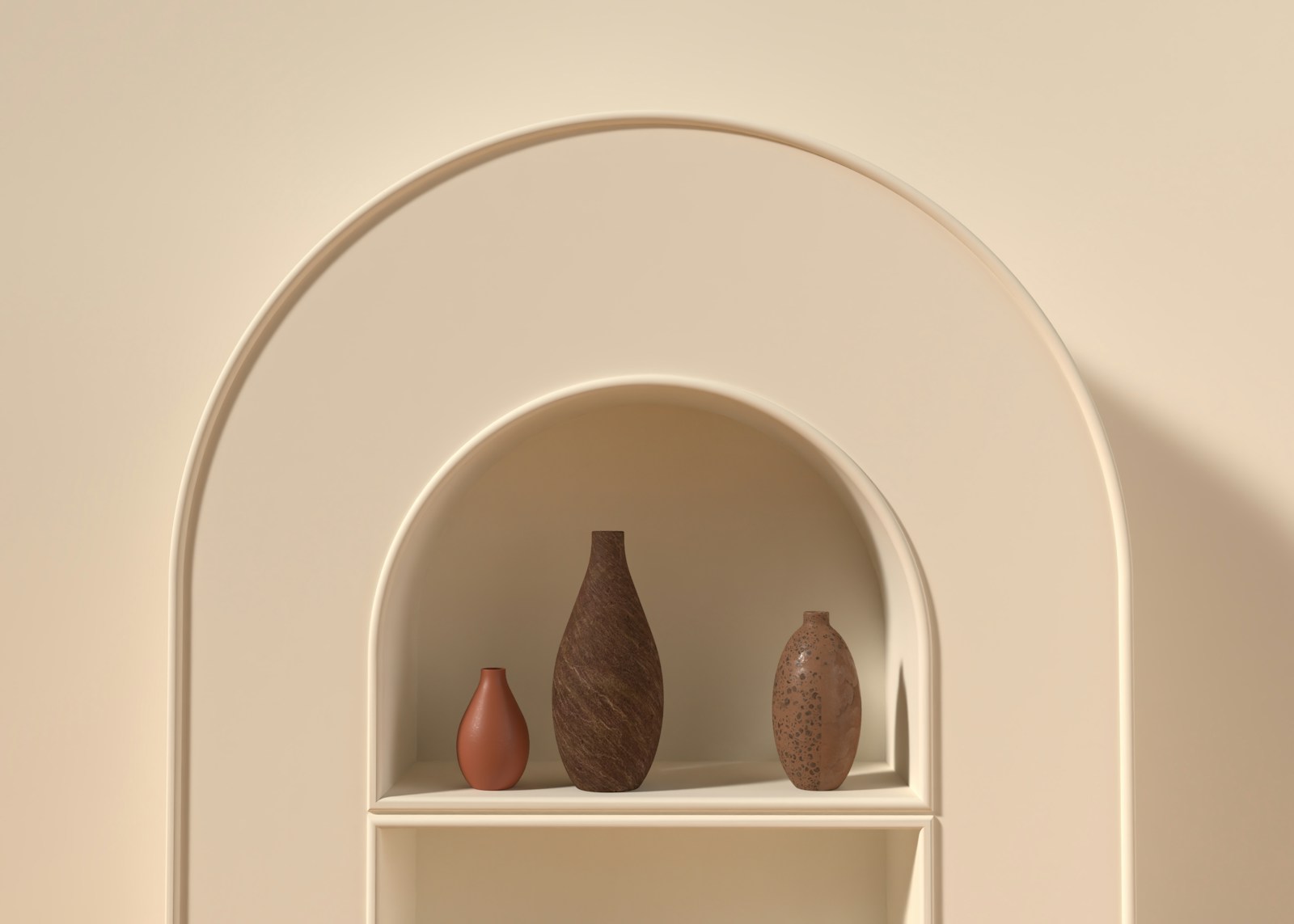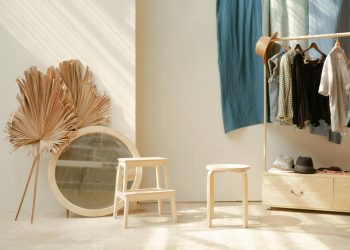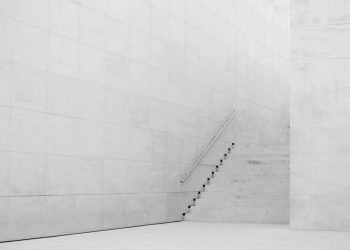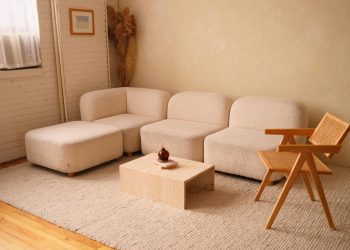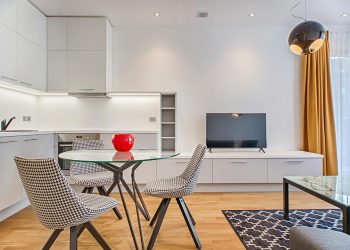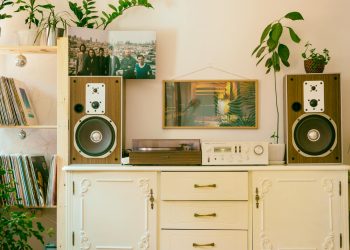At some point, most of us have looked around our homes and thought: Why do I have so much stuff? That moment—whether it strikes while trying to close an overflowing drawer or dusting off an object you haven’t touched in years—is often the beginning of something deeper. Minimalist living isn’t just about clean countertops or an empty closet; it’s a quiet rebellion against the culture of excess. It’s about redefining value, reclaiming attention, and designing a life with room to breathe.
But for all its appeal, starting a minimalist lifestyle can be surprisingly overwhelming. Where do you begin when every corner feels cluttered? How do you know what to let go of when everything seems to carry some sentimental weight? The truth is, minimalist living isn’t about achieving a perfect, white-walled aesthetic—it’s about learning to live more intentionally, one honest step at a time.
Rewriting the “Why” Before the “How”
Before diving into the process of clearing out belongings, it helps to sit with the question: Why am I doing this? Minimalism, at its heart, is not a decluttering method—it’s a mindset. It’s not about less for the sake of less, but less for the sake of more clarity, more purpose, more space for what matters.
For some, the goal is to reduce stress and overwhelm. For others, it’s about spending less money, having more mobility, or living more sustainably. Knowing your “why” grounds your decisions. It turns a cleaning spree into a lifestyle shift and helps you navigate the emotional challenges that come when you’re faced with letting go.
Start Small—Really Small
It’s tempting to want to do everything at once. After all, motivation runs high when inspiration strikes. But the quickest way to burn out is by trying to minimalize your entire home in a weekend. Instead, choose a single drawer. Just one.
Empty it out completely. Touch each item. Ask yourself honestly: Do I use this? Do I even like it? Does it serve a purpose or spark any joy? These are not trendy prompts—they are tools for awareness. By narrowing the scope, you allow yourself the mental bandwidth to reflect and build confidence. Progress is made in layers, not leaps.
Once that drawer is complete, celebrate it. That small win gives you momentum. And it’s easier to keep going once you’ve proven to yourself that change is possible.
Reframing “Decluttering” as “Curating”
Minimalism can feel restrictive if it’s approached as a process of deprivation. But when you shift the language from “getting rid of stuff” to “curating your space,” it becomes an act of empowerment. You are not stripping your life bare—you are choosing what gets to stay.
Look at your home the way an art curator looks at a gallery. Not everything gets a place on the wall. Each piece is chosen with care, with intention. Ask yourself: If I could only take 100 things into a new space, what would they be? That imaginary limitation can reveal what you truly value.
Don’t Ignore the Emotional Layer
We often associate physical clutter with a lack of discipline or time, but more often than not, clutter is emotional. We hold onto things out of guilt (“It was a gift”), fear (“I might need it someday”), or identity (“This is who I used to be”).
It’s okay to feel attached. It’s normal. But minimalism invites us to confront the discomfort rather than avoid it. That box of college memorabilia in the back of your closet—do you really need it to remember who you were? That expensive jacket you never wear—does it serve you more in your closet or in someone else’s who might actually use it?
Letting go becomes easier when you realize you’re not losing memories or meaning—you’re simply choosing which parts of your past or present deserve a place in your future.
The Hidden Costs of “Just in Case”
One of the most common traps that derail beginner minimalists is the “just in case” mentality. That extra blender? The third set of sheets? The stack of cables you’re not even sure belong to anything anymore?
We hold onto so much “just in case” and yet rarely, if ever, use those items. Meanwhile, they silently cost us space, energy, and even mental clarity. A useful exercise is to box up your “maybe” items, label them with a date six months from now, and store them out of sight. If you haven’t missed or used them by that date, you probably don’t need them.
Buying Less, Buying Better
Minimalism isn’t about never shopping again—it’s about shopping with intention. Once you pare down your belongings, you begin to notice the quality, utility, and aesthetic of what’s left. You become more selective, less impulsive. Suddenly, the idea of buying something just because it’s on sale loses its shine.
Adopt a rule: when something new comes in, something old must go out. Or wait 30 days before making a non-essential purchase. These kinds of boundaries help shift consumer habits from reactive to thoughtful.
Minimalism Beyond Stuff
As you begin to clear physical space, you may feel inspired to apply minimalist principles to other areas of life. Social calendars, digital spaces, commitments—they all become candidates for intentional trimming.
Think about the time you spend scrolling through apps, attending events out of obligation, or juggling too many side projects. What if minimalist living included fewer distractions, more depth in relationships, and space in your day to simply sit and think?
Minimalism isn’t about rules or rigidity. It’s about designing a life that feels lighter, freer, more aligned.
Your Version of Minimalism Will Be Unique
One of the biggest misconceptions is that minimalism has a “look”—white walls, one chair, and a single fork. But the truth is, minimalism is deeply personal. For one person, it might mean living out of a backpack. For another, it might mean keeping a home full of art but cutting back on unnecessary spending.
There is no universal checklist. Minimalism is not about asceticism—it’s about alignment. If something genuinely brings you joy, peace, or usefulness, keep it. If it doesn’t, reconsider.
The Ripple Effect of Simplicity
Once you begin living with less, you start noticing the surprising benefits that reach beyond your home. You may find your mind feels less scattered. You’re less reactive, more present. Decisions become easier because there’s less mental clutter. Cleaning takes less time. You feel a subtle sense of peace when you walk into a room.
And perhaps most importantly, you create room—not just physically, but emotionally and mentally—for what matters most: connection, creativity, rest, purpose.
Final Thoughts: Start Where You Are, Not Where You Think You Should Be
The journey toward minimalist living doesn’t require a dramatic purge or a weekend overhaul. It starts with a drawer, a question, or even a single mindful decision. It starts with recognizing that life doesn’t have to be so noisy or heavy.
Minimalism is not about owning nothing—it’s about owning your life, on your terms.
Start small. Be honest. Let your version of minimalism reflect who you are—not who Instagram tells you to be. Because when you clear out what no longer serves you, you don’t just find more space—you find yourself.


